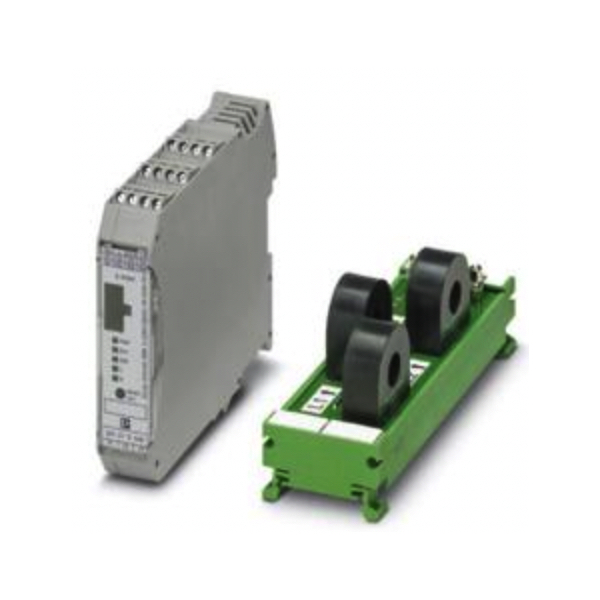Motor Management

Motor management devices provide advanced control, protection, and monitoring of electric motors in demanding industrial applications. RSP Supply offers a full selection of motor managers and motor controllers designed to help ensure efficient motor operation while reducing downtime and extending equipment life. These devices integrate seamlessly into modern automation systems and are commonly used in manufacturing, process control, material handling, and other motor-driven operations.
By continuously monitoring key operating parameters such as current, voltage, power, and temperature, motor management devices allow operators to identify abnormal conditions before they result in motor failure. Real-time data helps detect issues such as overloads, phase loss, imbalance, or thermal stress as they occur, enabling faster response and improved system reliability. Historical trend analysis further supports predictive maintenance strategies by highlighting developing conditions that could impact long-term performance.
Motor managers and controllers also help optimize energy usage and reduce maintenance requirements by ensuring motors operate within safe electrical and mechanical limits. Their diagnostic capabilities improve visibility into motor health, making them an essential component in applications where uptime, safety, and operational efficiency are critical.
FAQs
Q: What is a motor management device?
A motor management device is used to monitor, control, and protect electric motors by tracking operating conditions such as current, voltage, temperature, and power consumption.
Q: What is the difference between a motor manager and a motor controller?
Motor managers focus on monitoring, diagnostics, and protection, while motor controllers combine these functions with direct motor control capabilities, often integrating into automation systems.
Q: How do motor management devices improve motor reliability?
They detect abnormal conditions such as overloads, phase loss, or overheating in real time, allowing corrective action before damage occurs.
Q: Can motor management devices support predictive maintenance?
Yes, many devices track historical performance data and trends, helping identify developing issues that may lead to future failures.
Q: Where are motor management devices commonly used?
They are widely used in industrial automation, manufacturing equipment, process industries, HVAC systems, and material handling applications.
Why Buy Motor Management Devices from RSP Supply
RSP Supply offers a broad range of motor managers and motor controllers from trusted manufacturers to support reliable motor operation and system protection. Our product selection is designed to integrate with modern automation platforms while delivering accurate monitoring and dependable protection. Customers rely on RSP Supply for knowledgeable support and industrial-grade solutions that help maintain motor performance and operational continuity.

